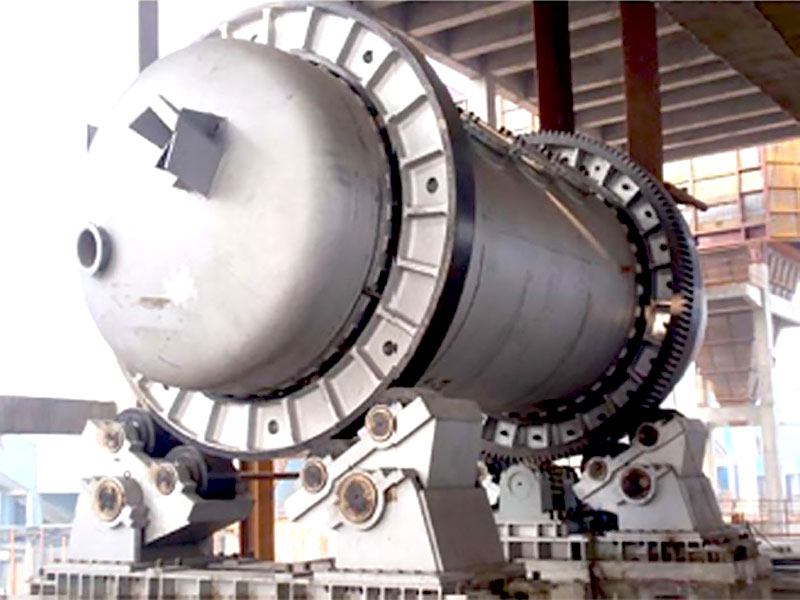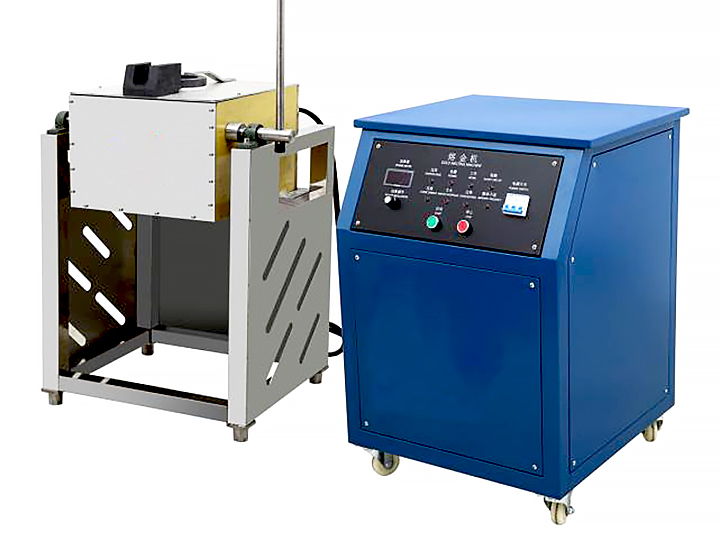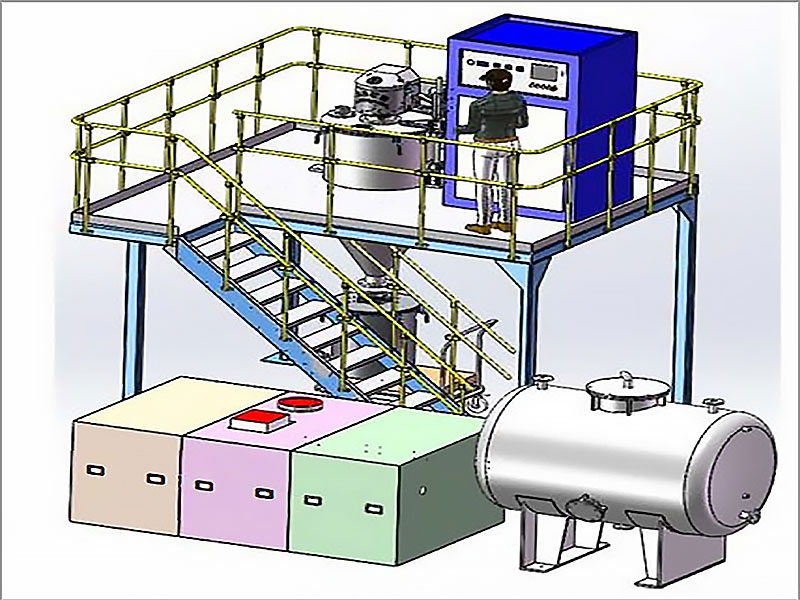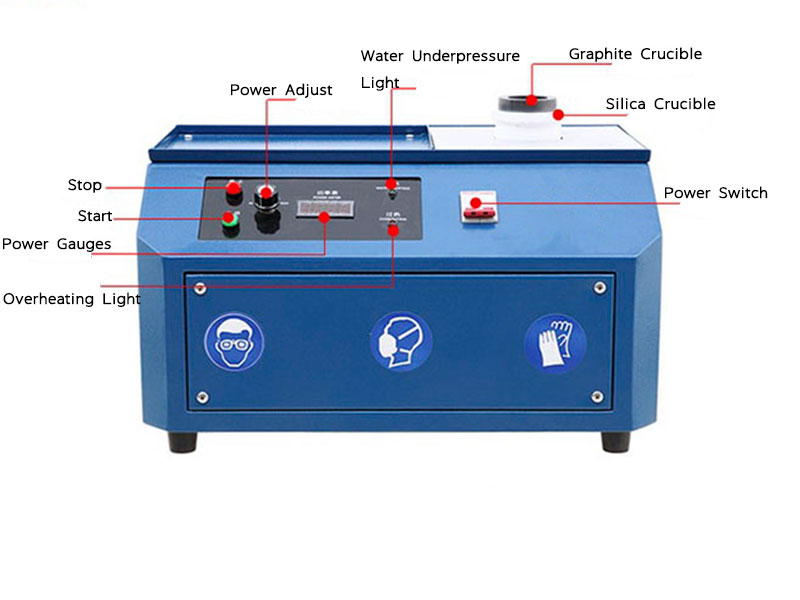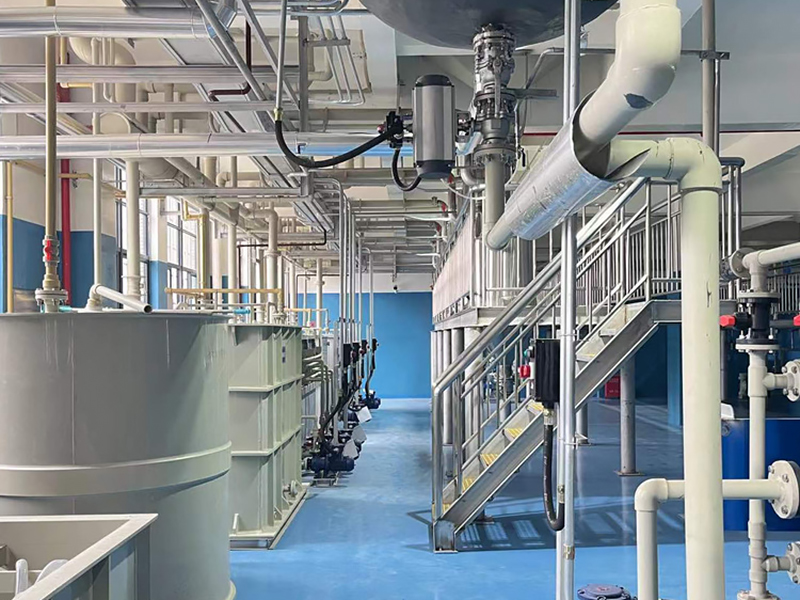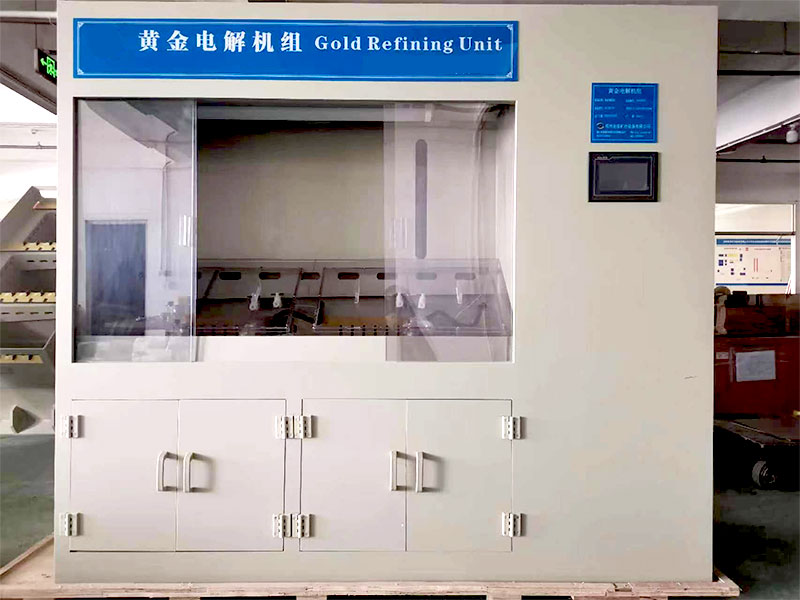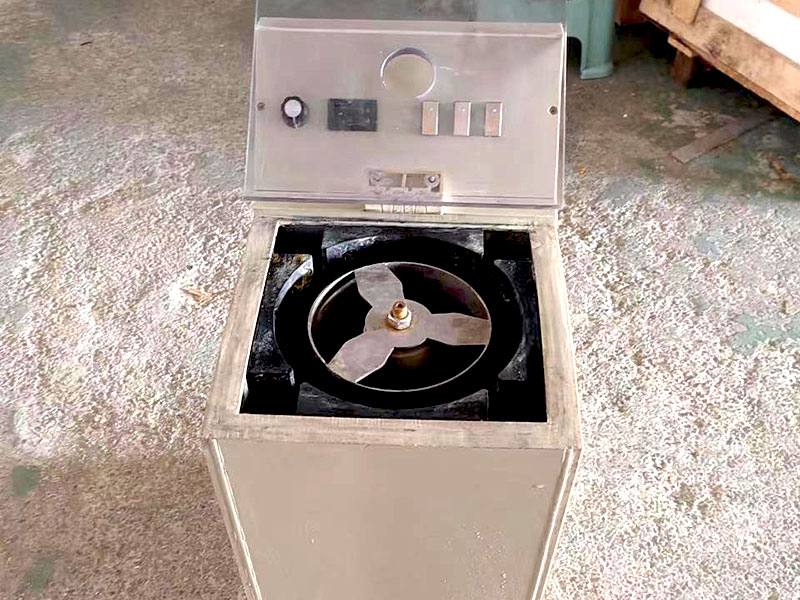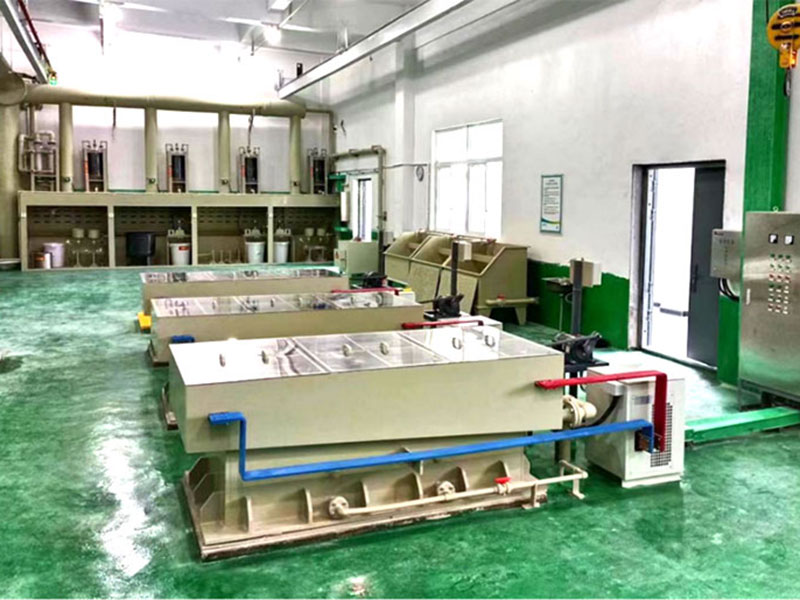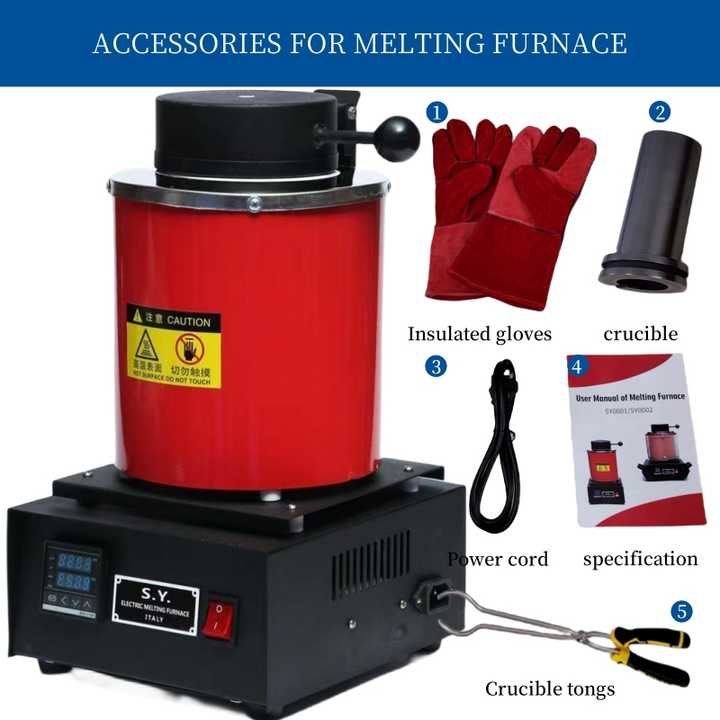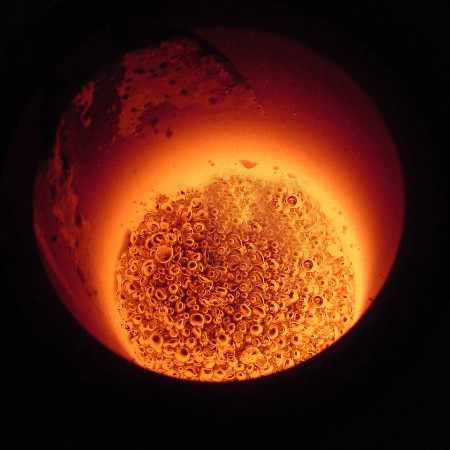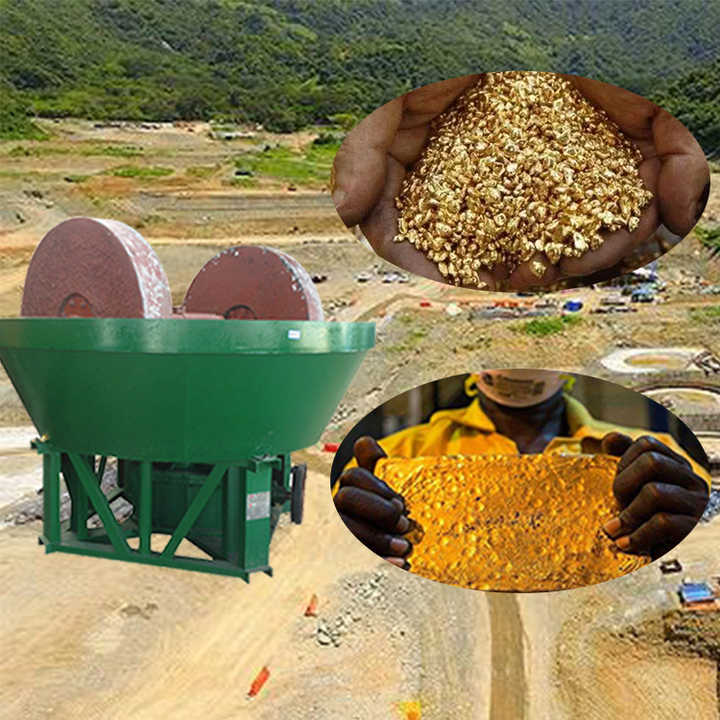Gold Smelting Process Diagram
Understanding the Gold Smelting Process: A Comprehensive Guide
Gold smelting is a critical process in the extraction of gold from its ore. It involves the application of heat to separate gold from other materials. FRT Machinery, a leading manufacturer of mining and smelting equipment, offers insights into the gold smelting process diagram, highlighting key steps and technologies used.
Crushing and Grinding: Initial Stages of Gold Smelting
The journey towards extracting pure gold begins with crushing and grinding the ore. This stage is crucial for reducing the size of gold-containing rocks into smaller particles. FRT Machinery’s crushers and grinders are designed to efficiently break down the ore while minimizing energy consumption and wear on machinery. Once the ore reaches a fine powder consistency, it is ready for the next step in the gold smelting process.
Leaching: Extracting Gold from Crushed Ore
After crushing and grinding, leaching is employed to dissolve the gold from the crushed ore. Typically, cyanide is used as a leaching agent due to its high affinity for gold. FRT Machinery provides advanced leaching tanks and agitators that ensure thorough mixing and contact between the cyanide solution and the ore. This process facilitates the separation of gold, which can then be recovered through subsequent steps.
Smelting: The Core of Gold Extraction
The smelting process is where the magic happens—gold is extracted from the ore by melting it at high temperatures. In this stage, FRT Machinery’s furnaces play a pivotal role. These furnaces are engineered to reach and maintain the high temperatures required to melt gold (approximately 1,064°C). As the ore melts, impurities separate from the gold, forming slag that floats on top of the molten metal. The pure gold sinks to the bottom of the furnace.
Refining: Achieving Pure Gold

Once the gold has been separated from impurities during smelting, it undergoes refining to achieve higher purity levels. FRT Machinery offers various refining methods, including electrolytic and chemical refining. These processes further purify the gold, removing any remaining impurities and ensuring the final product meets industry standards for purity.
Casting: Finalizing the Gold Product

After refining, the final step in the gold smelting process is casting. This involves pouring the refined gold into molds to create bars or ingots. FRT Machinery’s casting equipment ensures precise control over temperature and cooling rates, resulting in high-quality gold products that meet market demands. Proper casting not only enhances the aesthetic appeal of the gold but also makes it easier to transport and store.
Safety and Environmental Considerations in Gold Smelting
While focusing on efficiency and productivity, FRT Machinery also emphasizes safety and environmental sustainability in gold smelting operations. Our equipment incorporates features that minimize emissions and reduce energy consumption. Additionally, strict adherence to safety protocols ensures that operators remain protected throughout the smelting process.
By understanding each stage of the gold smelting process, from crushing and grinding to casting, one gains insight into the complexity and sophistication involved in gold extraction. FRT Machinery remains committed to providing innovative solutions that enhance the efficiency and sustainability of this essential industrial process.

